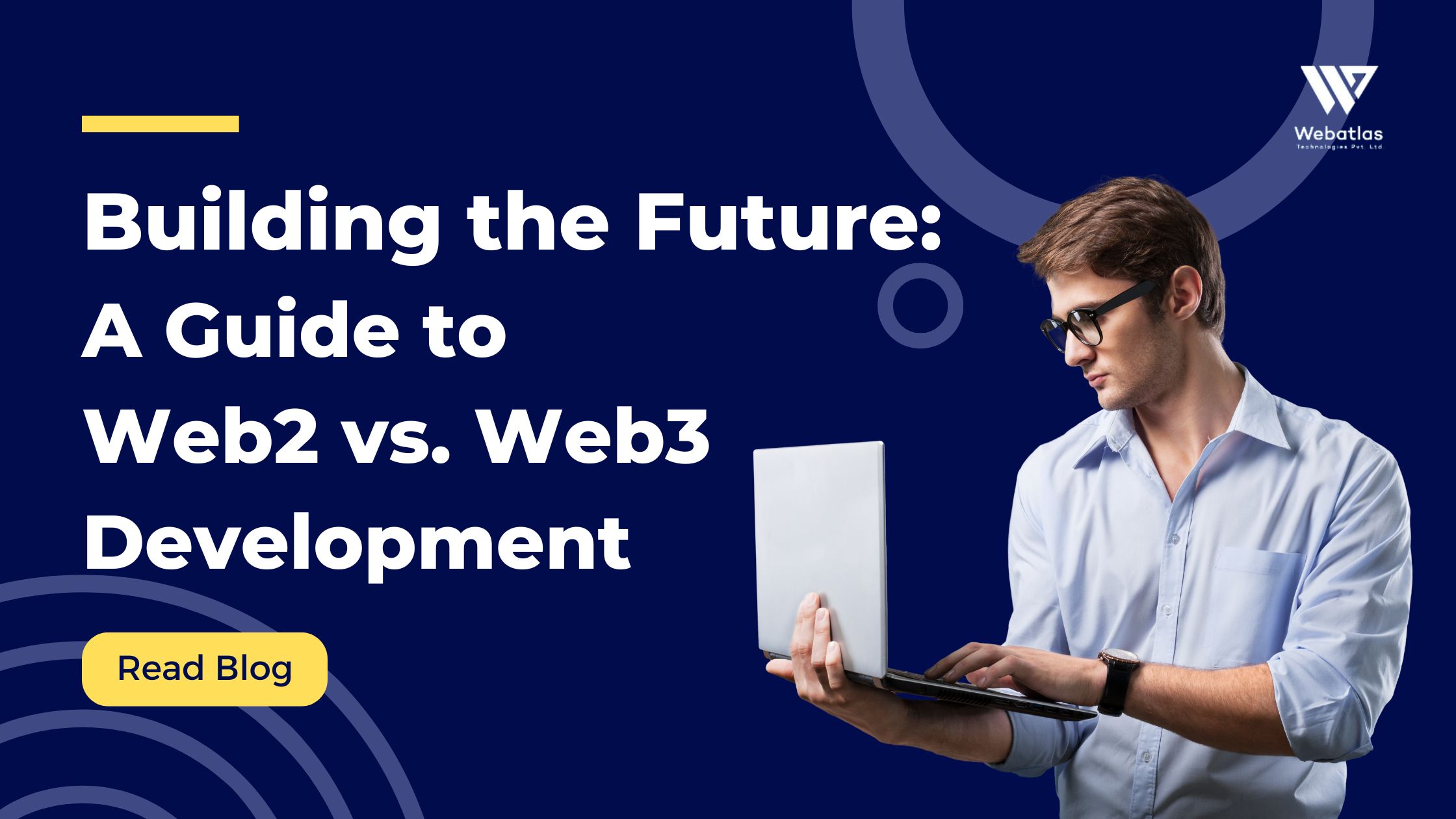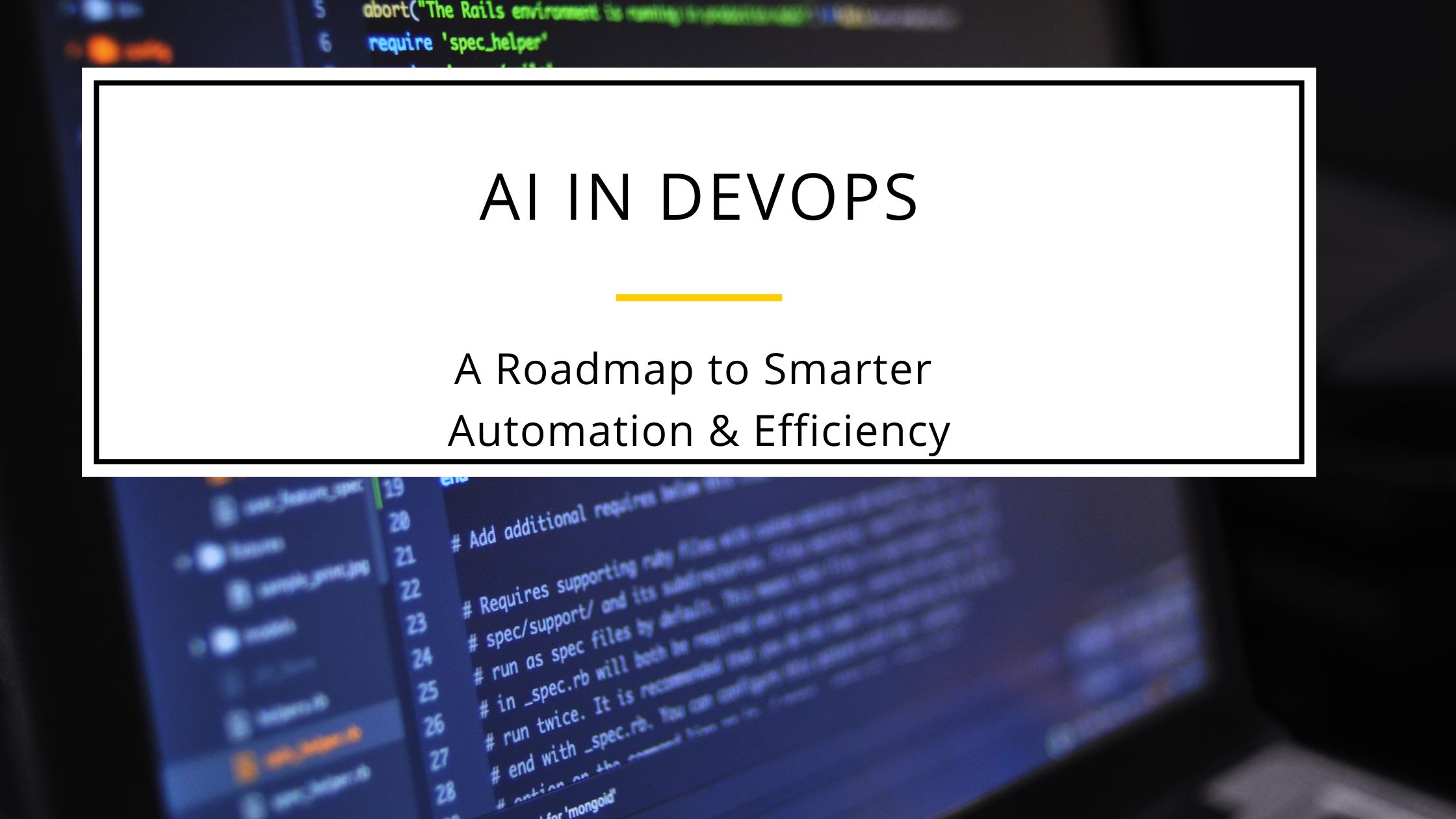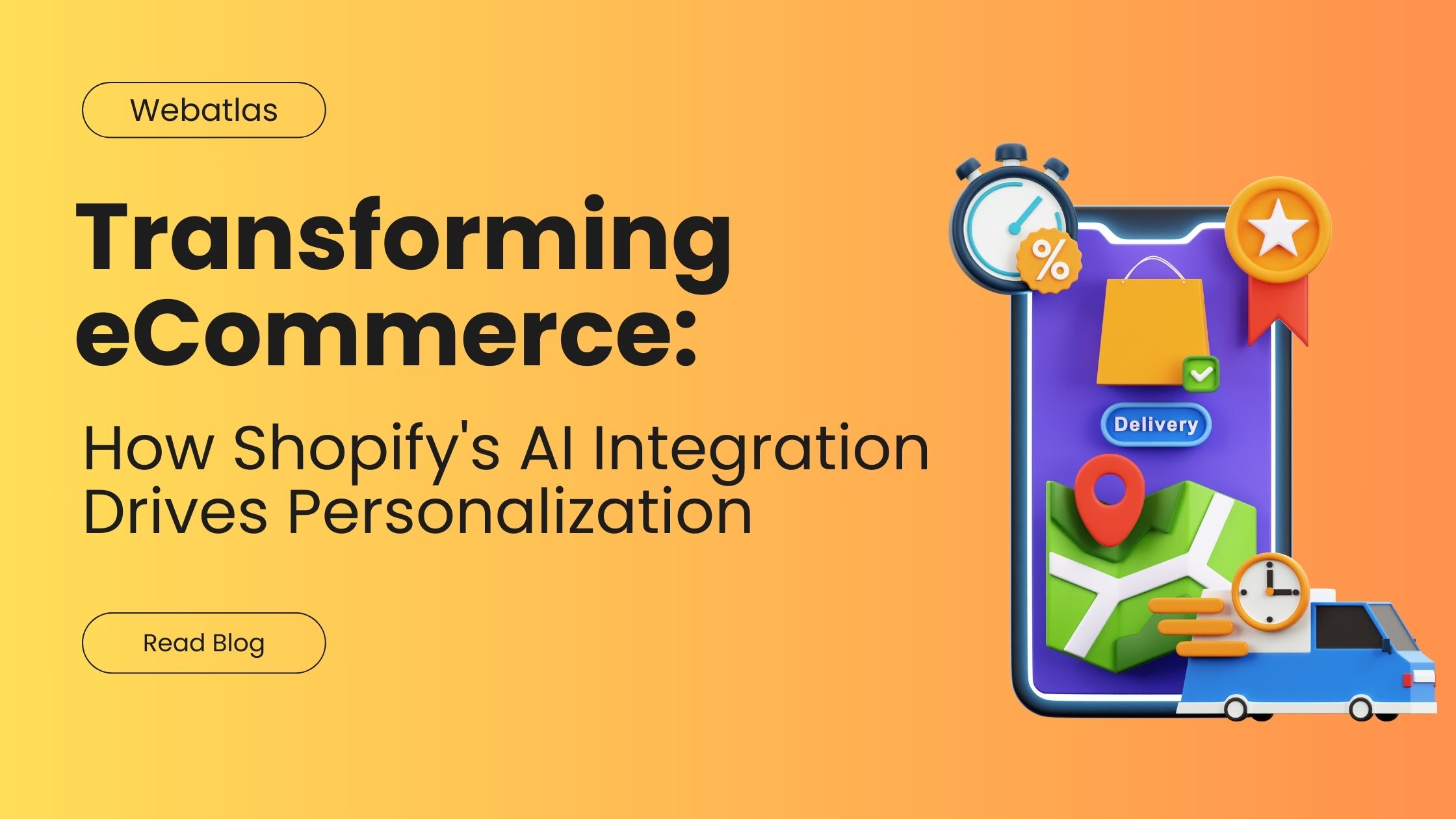What is the Difference Between Web2 and Web3 Development- A Complete Guide

The internet we use today has undergone a dramatic transformation since its inception. From static web pages to interactive platforms and social media giants, the way we interact with the digital world has evolved significantly. This evolution can be broadly categorized into two distinct eras: Web2 and Web3. As a leading web development company, Webatlas understands the nuances of both these worlds and is well-equipped to guide your projects in either direction. But before we delve into Webatlas’ expertise, let’s unpack the core differences between Web2 and Web3 development.
Web2: The Social Web
Web2, also known as the social web, emerged in the late 1990s and early 2000s. It marked a shift from static web pages to dynamic and user-generated content. Here are some key characteristics of Web2:
- Centralized Architecture: Web2 platforms like Facebook, Twitter, and YouTube rely on centralized servers controlled by a single entity. These platforms act as intermediaries, managing user data, content, and interactions.
- User-Generated Content: Web2 thrives on user participation. Users create content, share information, and connect with others through blogs, social media posts, and online forums. Platforms like Wikipedia exemplify the power of user-generated content.
- Focus on User Experience: Web2 applications prioritize user experience. Features like easy sign-up, intuitive interfaces, and personalized recommendations make these platforms highly engaging.
- Monetization through Advertising: Many Web2 platforms rely on advertising as their primary revenue stream. User data is often collected and analyzed to deliver targeted advertisements.
Benefits of Web2 Development:
- Rapid Development: Web2 development utilizes established frameworks and technologies, allowing for faster development cycles compared to Web3.
- Scalability: Web2 platforms can be easily scaled to accommodate a growing user base thanks to centralized infrastructure.
- Wide Reach: Web2 platforms have the potential to reach a massive audience due to their established user base and discoverability features.
Limitations of Web2 Development:
- Data Privacy Concerns: Centralized control over user data raises concerns about privacy violations and potential misuse of information.
- Limited Ownership: Users have little control over their own data and content on Web2 platforms. Platforms can censor content or even ban users at their discretion.
- Vulnerability to Censorship: Centralized control allows platforms to censor content or restrict access based on their own policies.
- Reliance on Third-Party Services: Web2 applications depend on centralized servers, making them susceptible to downtime and outages.
Web3: The Decentralized Web
Web3, also known as the decentralized web, is still in its nascent stages but holds immense potential for reshaping how we interact with the internet. Here are some key characteristics of Web3:
- Decentralized Architecture: Web3 applications are built on blockchains, distributed ledgers that eliminate the need for a central authority. Data and applications are spread across a network of computers, making them more resistant to censorship and downtime.
- Focus on User Ownership: Web3 empowers users with greater control over their data and digital assets. Ownership is often represented through tokens stored on the blockchain.
- Permissionless Systems: Web3 applications aim to be permissionless, meaning anyone can participate and contribute without needing approval from a central authority.
- Blockchain Integration: Blockchains are the backbone of Web3, providing a secure and transparent way to store and manage data.
Benefits of Web3 Development:
- Enhanced Security: Blockchain technology offers a high level of security and tamper-proof data storage.
- Increased Transparency: Transactions and data ownership are transparent on the blockchain, fostering trust and accountability.
- User Control and Ownership: Users have greater control over their data and digital assets in Web3 applications.
- Censorship Resistance: The decentralized nature of Web3 makes it resistant to censorship and manipulation by any single entity.
Also Read- The Top Web3 Development Trends to Watch in 2024-25
Limitations of Web3 Development:
- Scalability Challenges: Scaling decentralized applications can be challenging due to the inherent limitations of blockchain technology.
- Technical Complexity: Web3 development requires a strong understanding of blockchain technology and smart contracts, which can be a barrier for some developers.
- Nascent Stage of Development: Web3 is still under development, and the ecosystem of tools and technologies is constantly evolving.
The Intersection of Web2 and Web3
While Web3 presents a paradigm shift, it’s important to recognize that it’s not a complete replacement for Web2. Web2 platforms offer established features and a familiar user experience for many. The future may lie in a hybrid approach that leverages the strengths of both Web2 and Web3. Existing Web2 applications can integrate blockchain technology to provide users with more control over their data and digital assets. For example, social media platforms could explore decentralized identity management solutions that empower users to control their profiles and data portability.
Here are some potential use cases for the convergence of Web2 and Web3:
- Decentralized Storage for Web2 Applications: Web2 platforms can leverage decentralized storage solutions like IPFS (InterPlanetary File System) to store user data more securely and transparently.
- Tokenization of Digital Assets: Web2 platforms can explore tokenizing digital assets like music, art, or in-game items, allowing users to own and trade these assets on decentralized marketplaces.
- Decentralized Governance: Web2 platforms can experiment with decentralized autonomous organizations (DAOs) to involve users in decision-making processes and platform governance.
This convergence presents exciting opportunities for innovation and user empowerment. However, it’s crucial to address the challenges associated with integrating these two worlds. Interoperability between different blockchain networks and the need for user-friendly interfaces for interacting with decentralized applications are key areas that require further development.
Webatlas: Your Partner in Both Web2 and Web3 Development
Webatlas understands the evolving landscape of the web and is well-positioned to guide your projects in either Web2 or Web3. Here’s how our expertise can benefit you:
Web2 Development:
- Extensive Experience: Our team has a proven track record of developing high-performing, user-friendly Web2 applications.
- Focus on Scalability and Security: We prioritize building applications that can scale with your user base and ensure robust security measures are in place.
- Integration with Existing Technologies: We leverage the latest Web2 technologies and frameworks to create seamless and integrated user experiences.
Web3 Development:
- Blockchain Expertise: Our team possesses a deep understanding of blockchain technology and its applications in Web3 development.
- Smart Contract Development: We can design and develop secure and efficient smart contracts to power your decentralized applications.
- Future-Proof Solutions: We stay at the forefront of Web3 development and can help you build innovative applications that leverage the potential of the decentralized web.
Whether you’re looking to build a traditional Web2 application, explore the possibilities of Web3, or navigate the convergence of these two worlds, Webatlas is your trusted partner. We bring a blend of technical expertise, strategic thinking, and a commitment to user-centric design to every project we undertake.
Contact Webatlas today to discuss your Web2 or Web3 development needs and embark on a journey to build the future of the internet!
Recent Post
Let's talk about your project, or just come and say hello!
Webatlas Technologies is the fastest growing web and mobile app development company



